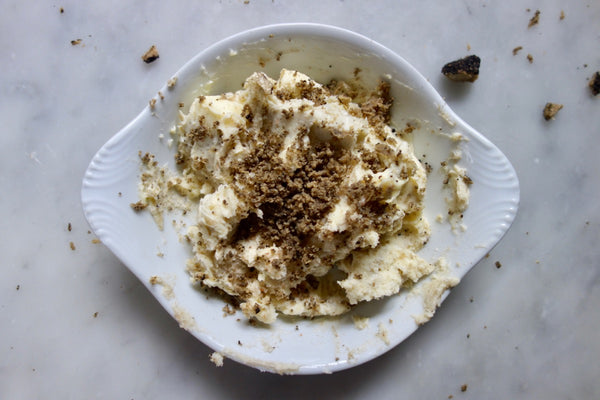Your Cart is Empty

Last summer, we had the opportunity to visit Norway, the Faroe Islands and Iceland. Rogaland, in the southwestern corner of Norway, is where Kristin’s ancestors once lived. It is a region of unspoiled, rolling farmland where multitudes of cows still graze on rock-studded meadows close by the shimmering sea. We were surprised to learn that the Vikings who once lived in these parts would often bring cows along on their sea voyages in order to have fresh milk, butter and cheese wherever they settled.
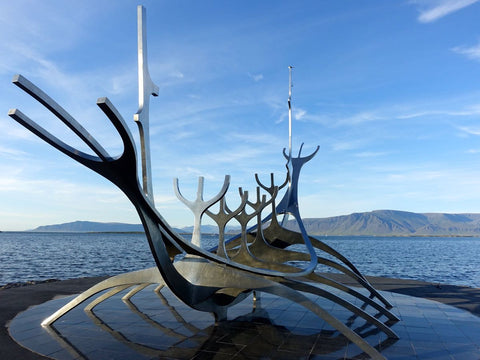 From Norway, we took a ship to Denmark and then set out for the Faroe Islands and Iceland, following the route of the Viking long ships. Each morning at sea, we enjoyed an immense breakfast buffet laden with seafood, a great selection of cheeses, and of course, fresh butter. On the tiny, isolated Faroe Islands, we discovered an exquisite cuisine that relies on fresh and locally sourced ingredients, again butter was often featured prominently.
From Norway, we took a ship to Denmark and then set out for the Faroe Islands and Iceland, following the route of the Viking long ships. Each morning at sea, we enjoyed an immense breakfast buffet laden with seafood, a great selection of cheeses, and of course, fresh butter. On the tiny, isolated Faroe Islands, we discovered an exquisite cuisine that relies on fresh and locally sourced ingredients, again butter was often featured prominently.
In the north of Iceland, on a rain-swept afternoon, we visited Glaumbaer, an isolated farmstead that now houses a small museum. The farmhouse, which is about three hundred years old, consists of many turf-covered buildings that are linked together by a narrow central hallway. From the outside, the structure looks like a hobbit dwelling. There is no running water, hardly any light, and the walls are built of massive blocks of packed earth. One of the rooms used to serve as a dairy; today it displays a wide selection of antique milk buckets, butter churns and cheese-making equipment. Milk products were evidently a mainstay of the local economy.
A thousand years ago, Glaumbaer was the home of Thorfinn Karlsefni and his legendary and intrepid wife, Gudrid. Shortly after their marriage, Gudrid agreed to sail with Thorfinn to North America. For a while, they settled in Newfoundland, possibly on the site of L’Anse aux Meadows, and that is where their son Snorri became the first European child to be born in the new world.
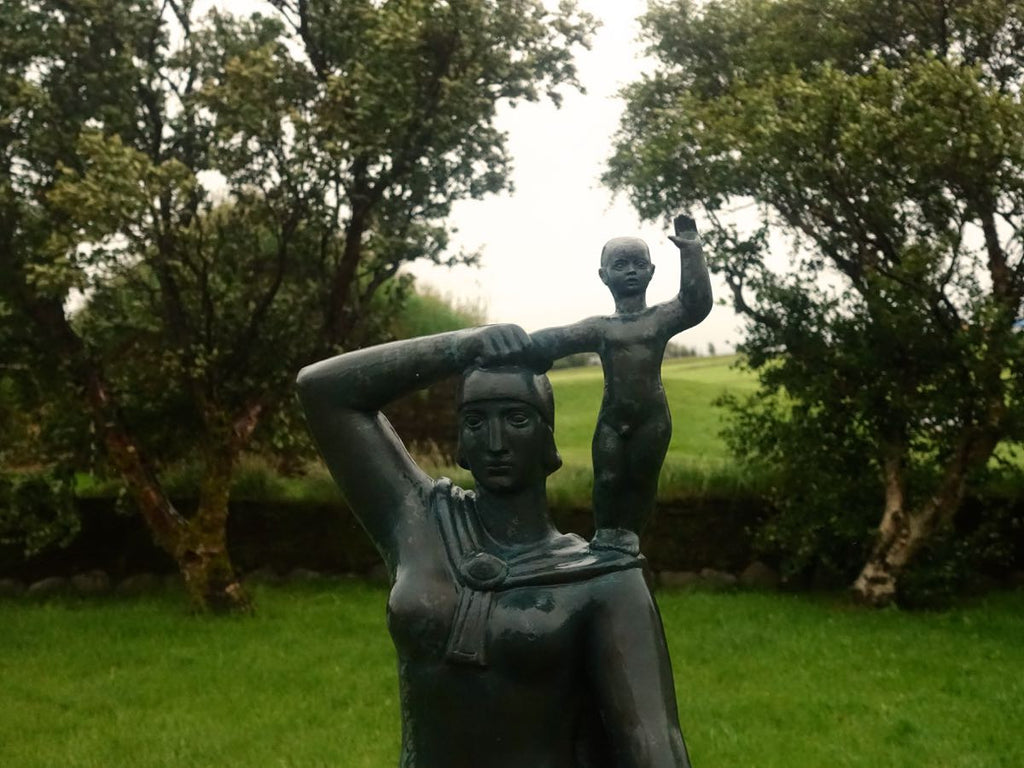
Here is the story of how Gudrid introduced butter to North America:
‘A great troop of native men came out of the woods. The cattle were close by, and the bull began to bellow and roar with a great noise. At this, the Skraelings were frightened and ran away with their packs full of gray furs, sables, and all kinds of pelts. They fled towards Karlsefni’s homestead and sought to enter the house; but Karlsefni defendedthe doors against them. Neither people could understand the other’s language. The Skraelings put down their bundles then, unpacked them, and offered their wares. They were eager to exchange them for iron arms, but Karlsefni forbade his men to sell their weapons. Instead he told Gudrid and the women to offer milk products — cheese and butter — to the Skraelings who wanted to buy it, and nothing else. The outcome of the trade was that the Skraelings carried their goods away in their bellies while leaving the packs of pelts behind with Karlsefni and his companions. After that meeting, Karlsefni had a strong wooden palisade built around the settlement.’ (Adapted from the Saga of Erik the Red in American Historical Documents, edited Charles William Eliot, New York, 1910.)
After countless adventures, Gudrid and Karlsefni returned to Iceland where they bought the farm at Glaumbaer. They settled down for good, and their family thrived for many generations.

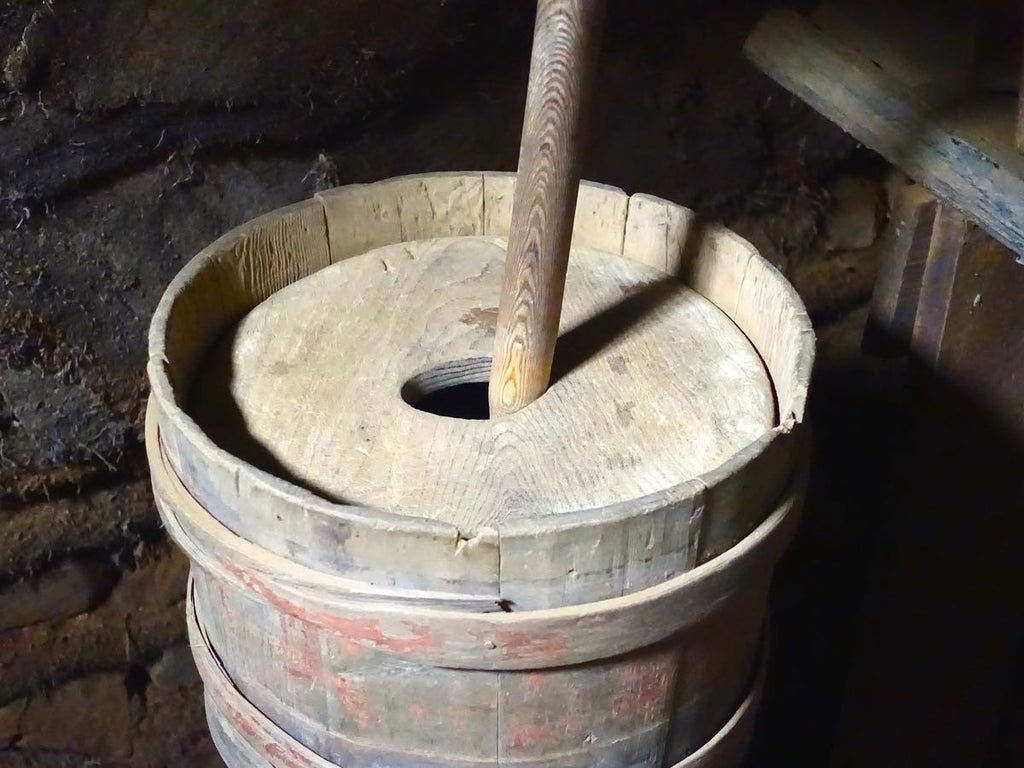
Comments will be approved before showing up.

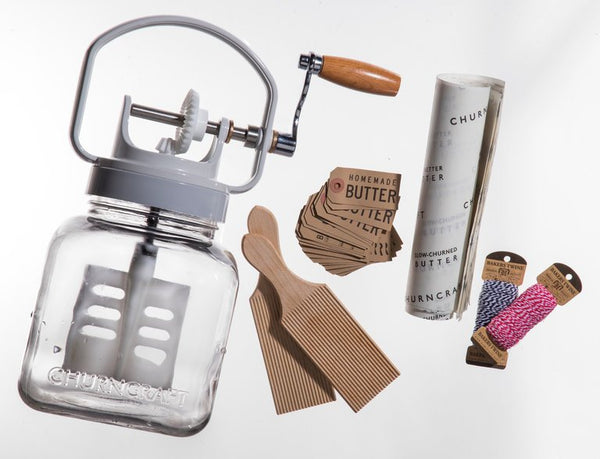
What an honor to be featured in The New York Times! We are so proud to have gotten a stamp of approval from Florence Fabricant, food critic of the NYT.
